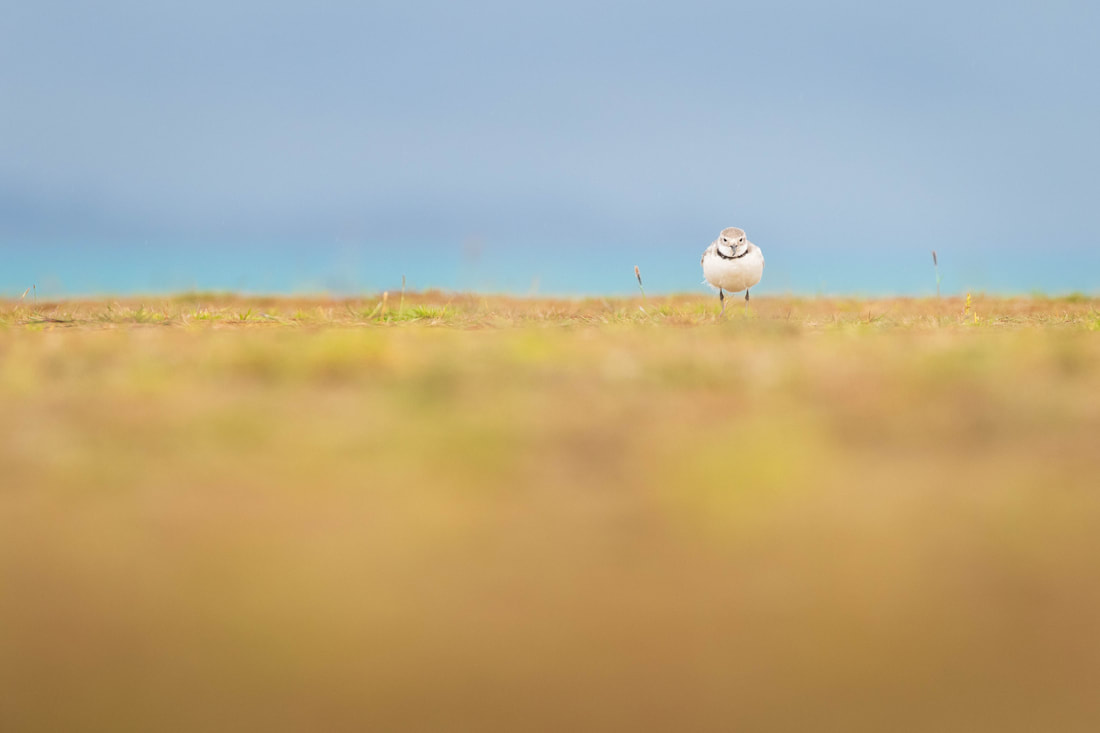THE GREATER PICTURE
Everyone loves tight portrait of birds, the kind that show tiny details down to intricate plumage patterns. I do too, I'm no different from the others. However, inspired by photographers like Ray Hennessy, I also try to create images that include more environment, with the animal not occupying the whole frame.
During my year in New Zealand, I've had the opportunity to practice this kind of photography, and I'm hereby presenting you the results.
One of the main challenges of "small in the frame" wildlife photography is choosing the size of the animal. Too small, and it becomes insignificant. Too large, and the image becomes a tight portrait. The whole act of balancing bird and landscape is what makes this kind of photography exciting.
I believe there are three types of approach for a "small in the frame" photograph, depending on the environment surrounding my subject and the focal lens I'm working with.
During my year in New Zealand, I've had the opportunity to practice this kind of photography, and I'm hereby presenting you the results.
One of the main challenges of "small in the frame" wildlife photography is choosing the size of the animal. Too small, and it becomes insignificant. Too large, and the image becomes a tight portrait. The whole act of balancing bird and landscape is what makes this kind of photography exciting.
I believe there are three types of approach for a "small in the frame" photograph, depending on the environment surrounding my subject and the focal lens I'm working with.
APPROACH 1: show the wide environment
Here, the landscape becomes a big player, but I need to make sure it doesn't overpower my main subject, which is always the animal. If I can approach very close, I will try to use a wide-angle lens.
APPROACH 2 : show the close environment
Here, it's more about showing what's in the subject's close proximity. I like to use a branch, a trunk, a rock to guide the viewer through the frame. Out of focus foreground elements are a boon to frame the animal.
APPROACH 3 : create an atmosphere
The subject's surroundings need not be remarkable to create pleasing "small in the frame" images. In this scenario, a light of great quality and the possibility to separate my subject from the background leads to the best results.
Sometimes, I can stretch it and keep the animal very small, if it remains recognizable! In that, colour and shape help.
Sometimes, I can stretch it and keep the animal very small, if it remains recognizable! In that, colour and shape help.
All pictures are mine. Do not use without authorization.






















